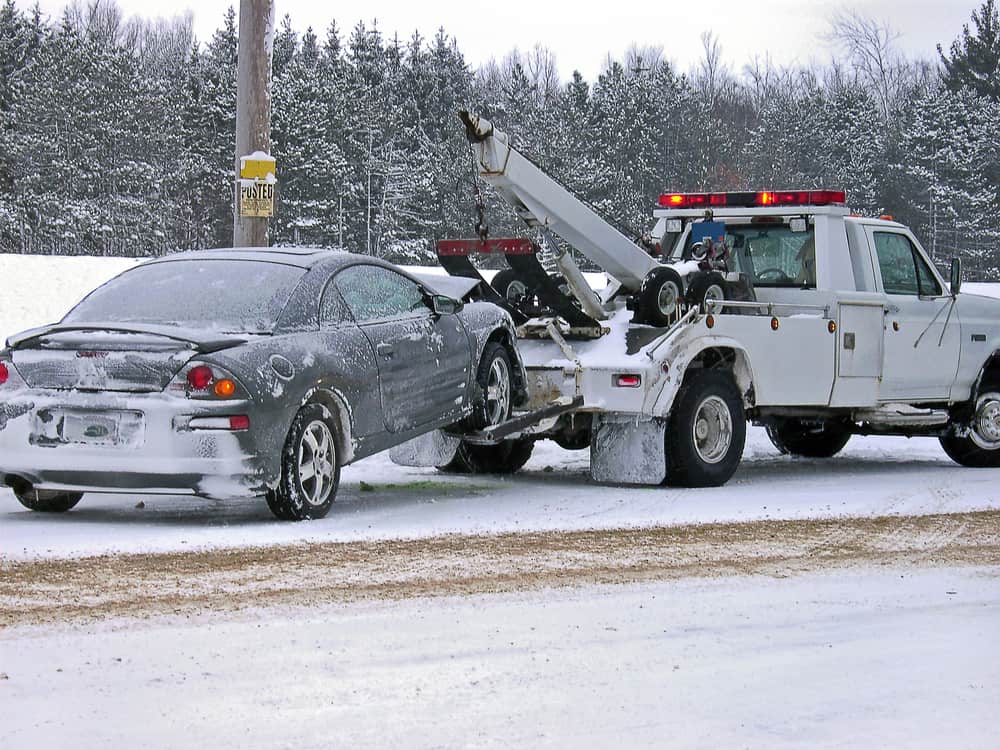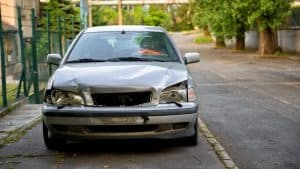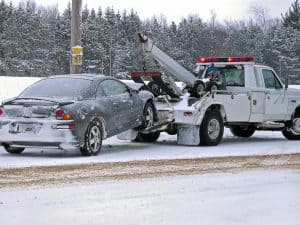Stay Safe on the Icy Roads with These Expert Winter Driving Tips
Understanding the Winter Road Challenges
Winter can be a beautiful season, but it also brings about challenging driving conditions as the temperature drops. Icy roads, snowfall, and freezing temperatures make driving hazardous. At Biggest Little Haulers, we understand the importance of staying safe on the road during winter. This blog post will provide valuable winter driving tips to prepare your vehicle for bad weather and handle cold weather emergencies effectively.
Preparing Your Vehicle for Winter Driving
Before hitting the road during the winter months, it’s crucial to ensure that your vehicle is in top shape to handle snowy and icy driving conditions. Here are some steps you can take to prepare your car for cold weather driving:
- Check Your Tires: Ensure that your tires have adequate tread and are properly inflated to maintain control on snowy or icy roads. Consider switching to winter tires for better traction.
- Inspect Your Battery: Cold weather can harm your car’s battery. Have it tested to ensure it’s in good condition and won’t fail you in low temperatures.
- Replace Worn Wiper Blades: Visibility is crucial in winter driving conditions. Replace old wiper blades with an anti-freeze solution and top up your windshield washer fluid.
- Keep Your Gas Tank Full: A full gas tank can help prevent fuel line freeze-up and provide extra warmth if you get stranded in extreme cold.
- Pack an Emergency Kit: Include essentials like a blanket, flashlight, first-aid supplies, non-perishable snacks, and an ice scraper in your car to be prepared for any winter driving emergency.
By taking these precautions, you’ll be better prepared to handle winter driving conditions and stay safe on the road.
Safe Driving Practices in Winter
Driving in winter requires a different approach than in other seasons to maintain control and stay within the speed limit. Here are some safe winter driving practices to follow in bad weather:
- Drive Slower: Reduce your speed and maintain a safe following distance to give yourself more time to react to unexpected situations on icy roads.
- Avoid Sudden Movements: Smooth and gradual movements are key when driving in snow or ice. Avoid sudden braking or sharp turns, which can lead to skidding.
- Use Your Headlights: Visibility is often reduced in winter weather, so remember to use your headlights even during the day to make your vehicle more visible to others on the road.
- Beware of Black Ice: Black ice is nearly invisible and extremely slippery, making it one of the most dangerous driving conditions. Be cautious, especially on bridges and overpasses.
- Always Wear Your Seat Belt: Wearing your seat belt is essential, regardless of the weather conditions. It’s your best protection in case of a collision.
- Stay Informed: Check the weather and driving conditions before your trip. If conditions are severe, consider delaying your travel plans until conditions improve.
Remember that it’s better to arrive late than not at all. Your safety should always be the top priority when facing winter driving conditions.
Dealing with Cold Weather Emergencies
Despite your best efforts, emergencies can still happen in winter driving conditions. Here’s how to handle them effectively:
- Stay Calm: In any emergency on snowy or icy roads, remaining calm is essential. Panicking can lead to poor decision-making.
- Call for Help: Call for assistance immediately if you’re stuck or in an accident on bad roads. Keep a fully charged phone with you at all times during winter driving.
- Use Your Emergency Kit: If you find yourself stranded in extreme cold weather, use the supplies in your emergency kit, including the blanket, flashlight, and non-perishable snacks, to stay warm and safe until help arrives.
- Signal for Help: Use flares or reflectors to make your vehicle more visible to rescuers in snowy or icy conditions.
- Don’t Leave Your Vehicle: It’s safer to stay inside your car in extreme cold rather than venture out into the freezing weather. Ventilate the vehicle to prevent carbon monoxide buildup.
- Stay Hydrated and Nourished: Conserve energy and stay warm by sipping water and eating non-perishable snacks from your emergency kit.
Remember, staying prepared and knowing how to react to cold weather emergencies can significantly affect your safety on snowy or icy roads.
Stay Safe on the Icy Roads
As winter approaches and the temperature drops, it’s crucial to be proactive about your safety while driving on icy roads. By preparing your vehicle, practicing safe winter driving habits, and knowing how to handle cold weather emergencies, you can significantly reduce the risks associated with winter driving conditions.
At Biggest Little Haulers, we care about your safety on the road in snowy or icy weather. Follow these winter driving tips, and you’ll be better equipped to handle the challenges of winter driving. Remember, a little preparation can go a long way in ensuring a safe and enjoyable winter season while staying within the speed limit and adhering to safe driving practices.
Contact Us for Winter Towing Services
If you ever find yourself in a cold weather emergency on bad roads and need assistance, don’t hesitate to contact Biggest Little Haulers. We provide reliable winter towing and roadside assistance services to help you get back on the road safely in snowy or icy conditions. Our experienced team is available 24/7, so you can rely on us no matter the weather. Stay safe this winter with Biggest Little Haulers by your side, and remember to equip your car with the essentials, including an ice scraper, to handle winter driving challenges.





